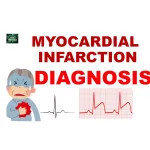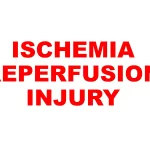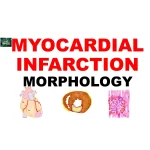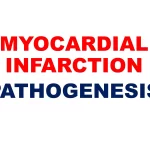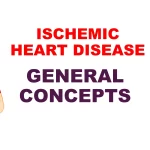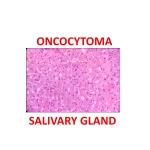Clinical Features and Diagnosis of Myocardial Infarction
What are the clinical features of myocardial infarction? The most important manifestation of myocardial infarction is chest pain, which typically: Is prolonged, lasting more than 30 minutes. Has a
Read MoreIschemia-reperfusion injury
What is ischemia-reperfusion injury? Ischemia-reperfusion injury occurs when blood flow (perfusion) is restored to an organ after a period of reduced blood supply (ischemia). While reperfusion is
Read MoreMyocardial Infarction: Gross and Microscopy
Myocardial infarction (MI):why is it important to study its gross and microscopic changes? Myocardial infarction (MI) occurs due to the obstruction of coronary arteries, leading to ischemia and
Read MoreMyocardial Infarction: Pathogenesis and Infarct Types
Myocardial Infarction: Pathogenesis and Infarct Types What is myocardial infarction (heart attack)? Myocardial infarction refers to the death of cardiac muscle due to prolonged ischemia. It is
Read MoreISCHEMIC HEART DISEASE: General concepts
What is ischemic heart disease? Ischemic heart disease refers to a group of related conditions resulting from myocardial ischemia. Myocardial ischemia occurs when there is an imbalance between the
Read MoreOncocytoma
What is oncocytoma? Oncocytoma is a benign encapsulated epithelial salivary gland neoplasm composed of large epithelial cells with abundant eosinophilic granular cytoplasm (oncocytes). Oncocytomas
Read MoreSeminoma: Pathogenesis, clinical features and morphology
What is seminoma? Seminoma is a germ cell tumor and one of the most common types of testicular tumors, comprising about 50% of germ cell tumors. It primarily affects males in the fourth decade of life
Read MoreClassification of Testicular Tumors
Testicular tumors are rare, accounting for only 1% of all neoplasms. However, they are the most common type of neoplasm in young adults. This blog will guide you through the anatomy, histology, and
Read More
